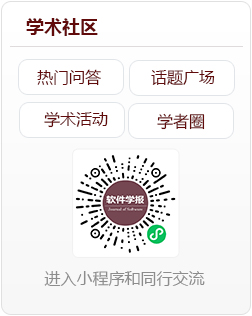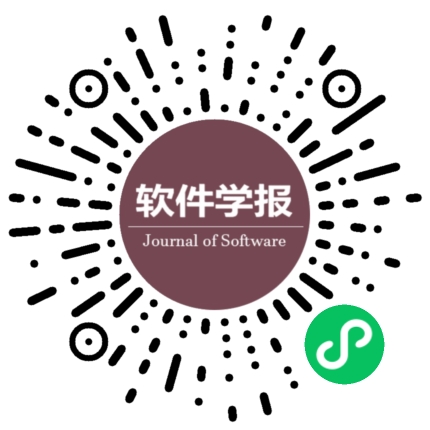面向机器人系统的虚实迁移强化学习综述
作者:
作者单位:
作者简介:
通讯作者:
中图分类号:
基金项目:
国家自然科学基金面上项目(62076259,62073176);国家自然科学联合基金重点项目(U1908214);科技创新2030—新一代人工智能重大项目(2021ZD0112400)
Survey on Sim-to-real Transfer Reinforcement Learning in Robot Systems
Author:
Affiliation:
Fund Project:
引用本文
林谦,余超,伍夏威,董银昭,徐昕,张强,郭宪.面向机器人系统的虚实迁移强化学习综述.软件学报,2024,35(2):711-738
复制相关视频

分享
文章指标
- 点击次数:
- 下载次数:
- HTML阅读次数:
历史
- 收稿日期:2023-01-13
- 最后修改日期:2023-06-22
- 录用日期:
- 在线发布日期: 2023-11-08
- 出版日期: 2024-02-06
文章二维码

您是第位访问者
版权所有:中国科学院软件研究所 京ICP备05046678号-3
地址:北京市海淀区中关村南四街4号,邮政编码:100190
电话:010-62562563 传真:010-62562533 Email:jos@iscas.ac.cn
技术支持:北京勤云科技发展有限公司
版权所有:中国科学院软件研究所 京ICP备05046678号-3
地址:北京市海淀区中关村南四街4号,邮政编码:100190
电话:010-62562563 传真:010-62562533 Email:jos@iscas.ac.cn
技术支持:北京勤云科技发展有限公司



